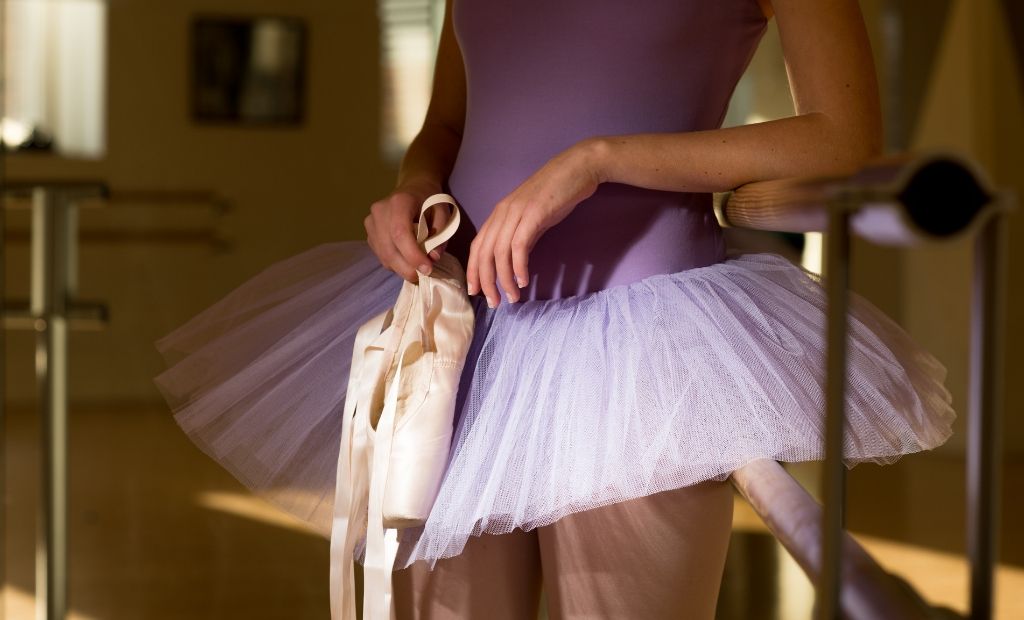Follow BLOCH's complete guide to knowing when you're ready to progress on to pointe
Dancing en pointe is the pinnacle of every ballet dancer’s journey. This classical technique is renowned as the most iconic and elegant element of ballet, enabling a dancer to appear light as a feather, and completely fluid and graceful.
But how can you tell when you’re ready to start practising? Pointe work can be dangerous and damaging to the feet if attempted incorrectly — or if a dancer is not quite strong enough to take that step up — so it’s hugely important to be well prepared and practice caution to limit any potential damage.
Practice makes perfect
Remember the old adage, 'you must learn to crawl before you can walk'? Well, the same goes for a ballet dancer — you must learn to dance on demi pointe before dancing en pointe. Beginning pointe training is unique to every dancer, but throwing on a pair of pointe shoes too soon could cause injury, or worse, irreversible damage to your body and feet. Having a solid foundation is what's important before you progress to pointe.

You need to be strong enough
If you break down the mechanics of pointe work, the source of power stems from the feet. Foot and ankle strength is a pinnacle pre-requisite for any dancer transitioning from soft shoes to a pointe pair. Proper foot articulation is the base for all dancing, and this is developed by taking regular ballet classes. Remember, all those tendus and relevés at the barre are a part of the curriculum for a reason!
For extra credit strength-builders, try a BLOCH Resistance Band. Pointing and flexing through the elasticity of the band will build foot and ankle strength. Another simple but effective exercise is to pick up objects with your bare toes — try pencils or marbles.
It's not just about the feet
While foot strength is key for determining whether or not you are pointe-ready, all the body's muscles must be suitably equipped. Not only does this include the calves, quadriceps and hamstrings, but also the arms and torso too. Plus, don't underestimate the power of core strength – it is the centre of your body's gravity.

This will all happen as a result of showing up to class regularly, paired with repetition and hard work. Concentrate on proper alignment all the way from your pinky toes to the top of your head (at the barre and with centrework for example) and you'll get there.
Don't rush it!
You’ve been practising for some time, your confidence has grown dramatically and you feel like you're almost there, but don't rush it — remember, there's no right or wrong time to go en pointe. Trust your teacher's guidance and expertise to know and advise you when the time is right to begin your pointe training.
In the meantime, focus on your training and building strength, and avoid comparing your progress to that of your classmates. Before you know it you'll be ready and your teacher will deliver the exciting news you’ve been waiting for, that it’s time for you to purchase your first pair of pointe shoes!
Once you've been given the green light to start pointe work, book your expert pointe shoe fitting at one of our BLOCH stores to find your perfect fit!